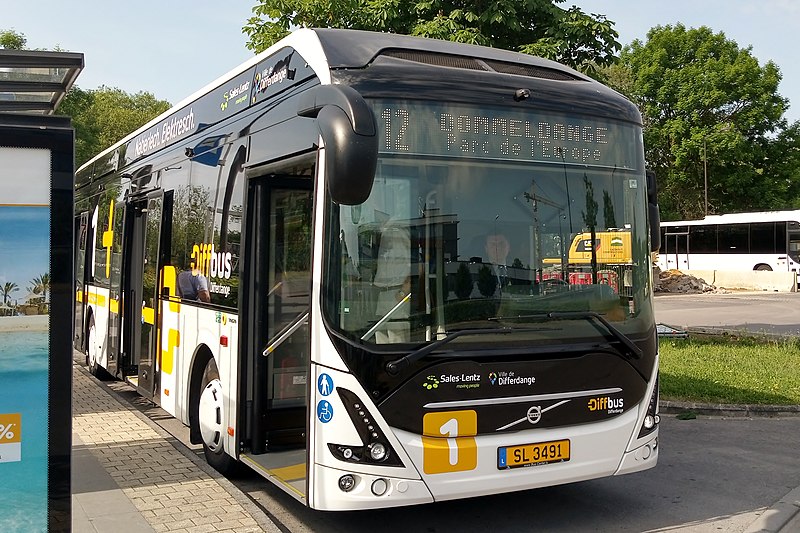Urban traffic congestion has emerged as one of the most pressing challenges faced by cities around the globe. As populations swell and urbanization accelerates, the streets of metropolitan areas become increasingly clogged with vehicles. This not only leads to longer commutes and increased stress for drivers but also contributes to air pollution and a decrease in the overall quality of life. Amidst these challenges, buses have proven to be a crucial player in the quest for sustainable urban transportation solutions.
Buses are a highly efficient mode of transportation, capable of carrying numerous passengers simultaneously. By replacing dozens of individual cars on the road, buses dramatically reduce the number of vehicles contributing to congestion. In fact, studies have shown that a single bus can replace up to 50 cars, effectively alleviating the burden on urban road networks. The ability of buses to transport large groups of people makes them an invaluable asset in densely populated areas, where road space is limited.
OPERATIONAL VALIDITY
Moreover, the implementation of dedicated bus lanes and priority traffic signals can significantly enhance the efficiency of bus systems. These measures ensure that buses can navigate through congested areas without getting trapped in traffic. Cities such as Bogotá, Colombia, have successfully implemented Bus Rapid Transit systems, which include exclusive bus lanes that allow for faster travel times and a reliable schedule. Such initiatives not only improve the attractiveness of public transport but also encourage more people to choose buses over personal vehicles.
In addition to their capacity and efficiency, buses contribute to reducing urban congestion by promoting environmentally friendly commuting practices. The transportation sector is a major contributor to greenhouse gas emissions, and buses, particularly those that are electric or hybrid, have a much smaller carbon footprint per passenger compared to single-occupancy bus stop bus vehicles. By encouraging the use of public transport, cities can work towards reducing their overall emissions and combating climate change.
Furthermore, integrating buses into a broader multimodal transportation network can enhance their effectiveness. By providing seamless connections between buses, trains, bicycles, and walking paths, cities can create a holistic transportation ecosystem that prioritizes public transit and reduces the reliance on personal vehicles. Investments in transit-oriented development can also lead to denser, more walkable urban environments, further decreasing the need for car travel.
CONSTRAINTS
However, the success of buses in reducing urban traffic congestion is not solely dependent on infrastructure. Public perception and willingness to embrace public transportation play a crucial role. Efforts to improve the comfort, safety, and reliability of bus services can encourage more people to leave their cars at home. Public campaigns highlighting the benefits of bus travel, such as cost savings and environmental advantages, can also shift attitudes towards public transport.
Buses play a vital role in mitigating urban traffic congestion and fostering sustainable urban mobility. By leveraging their capacity to transport large numbers of passengers, implementing efficient bus systems, and integrating them into a multimodal bus stop bus transportation framework, cities can make significant strides towards reducing congestion. As urban areas continue to grow, the strategic enhancement of bus services will be essential in promoting a more efficient, cleaner, and healthier urban environment for all residents.
